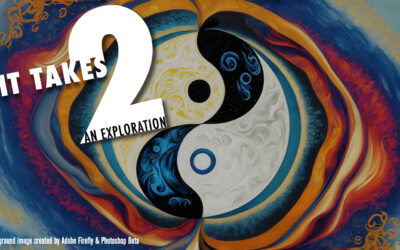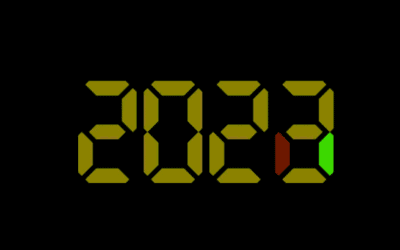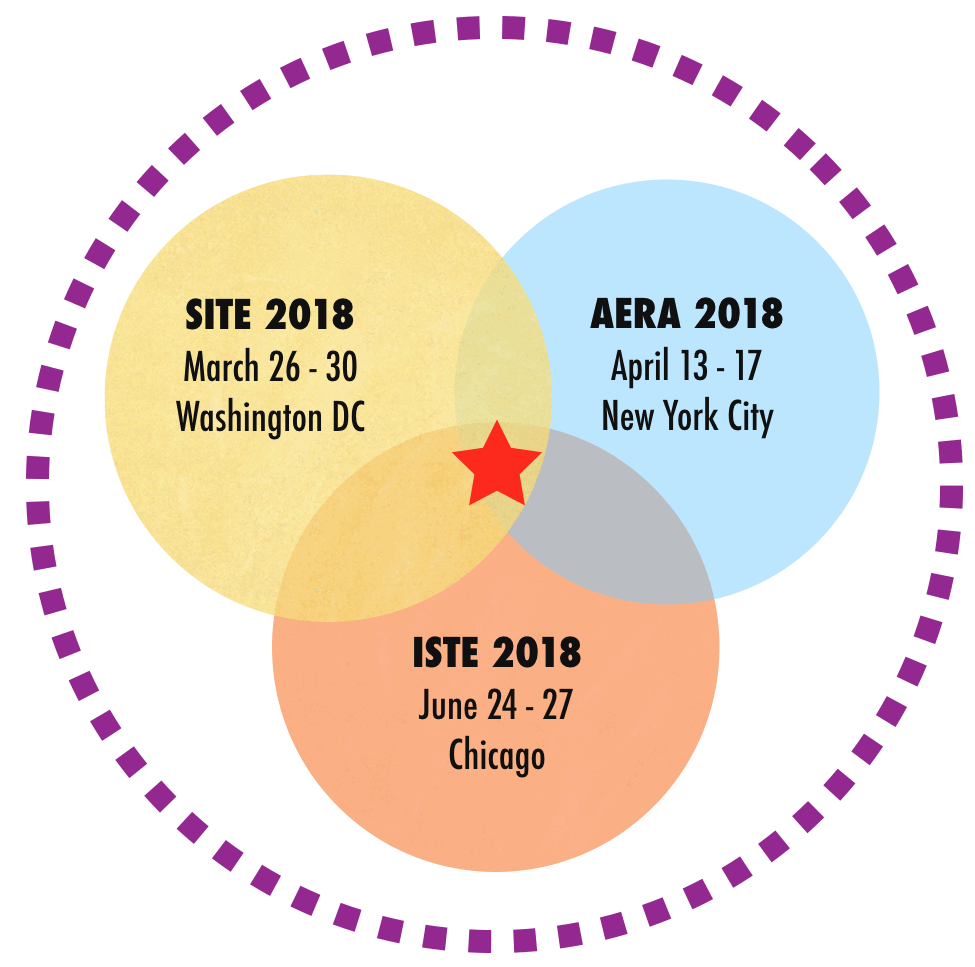Our latest article on the series Technology and Creativity is now available (link and the complete reference given below). Co-authored with Chris Fahnoe, Dr. Danah Henriksen, and the Deep-Play Research group, this paper builds on Chris’ practicum research study and investigates whether students embedded in technology-rich, self-directed, open-ended learning environments develop self-regulation skills? This is an important question because:
Creativity and in-disciplined learning requires balancing the forces of order and chaos. Learning environments need to provide students a flexible structure within which students can experiment, collaborate, and problem solve. These are contexts that allow students to learn from both success and failure. Such open-ended environments, however, can be challenging to learners as well. They can appear chaotic and offer little guidance to students on how to navigate them.
Chris’s research study, grounded in an innovative middle-school intervention investigates whether students in such classrooms develop self-regulation skills better than students in more “standard” classrooms. This study indicates that “in specific contexts, designed elements of the learning environment can influence the way that students manage self-directed learning. In other words, such 21st Century classrooms support “the development of self- directed learning attitudes and behaviors.” Here is a link to the full article.
Mishra, P., Fahnoe, C., Henriksen, D. & the Deep-Play Research Group (2013). Creativity, self-directed learning, and the architecture of technology rich environments. Tech Trends, (57)1. p. 10-13.
This article continues the sequence of papers the group has been writing. Here is a list of the articles in this series:
- Creativity, TPACK & Trans-disciplinary learning for the 21st century (With Mishra, Koehler, & Henriksen)
- Crayons are the future (Mishra)
- On being (in)disciplined (Mishra, Fahnoe & Henriksen).
Note : The Deep-Play Research Group consists of: Punya Mishra, Danah Henriksen, Kristen Kereluik, Laura Terry, Chris Fahnoe and Colin Terry.




0 Comments
Trackbacks/Pingbacks